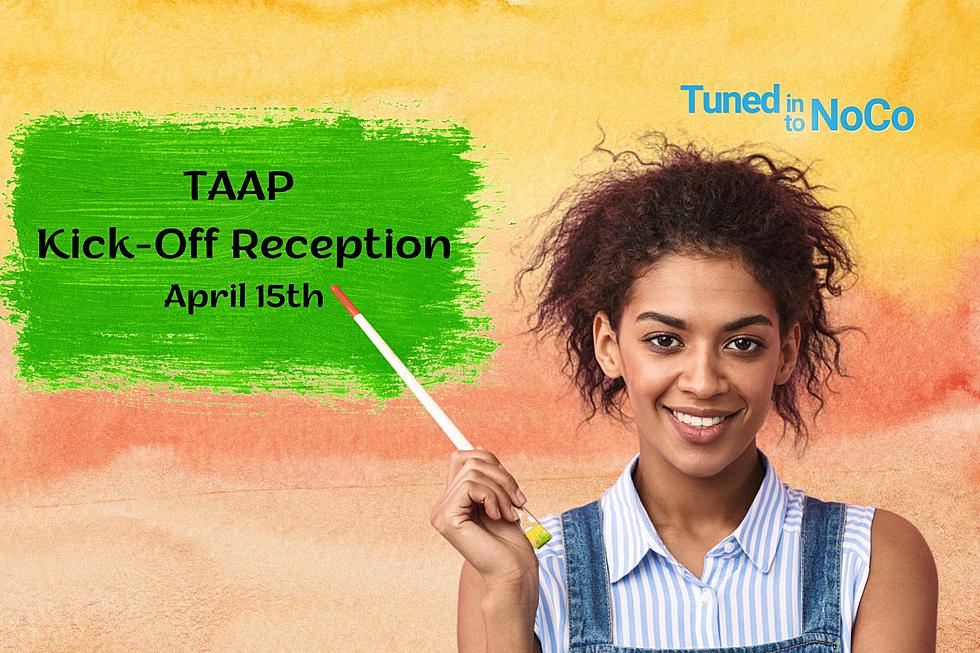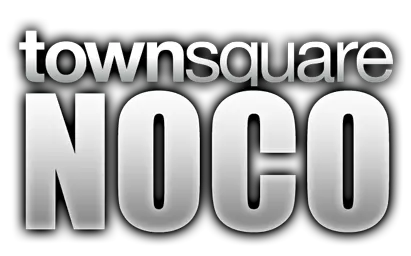
Northern Colorado Dyslexia Center Reveals Warning Signs & Treatments
The Northern Colorado Dyslexia Center (NCDC) is out to educate, advocate and raise awareness for dyslexia in Colorado. Through their tutoring programs, and reliable up-to-date information about important laws related to the disability, NCDC wants the community to know they are there to help.
This week, "Tuned In to NoCo," spoke with the Director of Northern Colorado Dyslexia Center, Joy Short. Short says that one in five people worldwide have dyslexia and a lot of times people misunderstand what dyslexia actually is.
"Dyslexia is a sound-based language disability. So, it's not vision related. It's very auditory. So, it's not a problem with the ears or your hearing, it's how the brain is hearing sounds – how the brain is understanding sounds. It's a big myth out there that it's related to vision. Like if you see letters backward or you see words backward - it has nothing to do with vision. It's all related to the brain and how it is processing language in a different way."
Short says dyslexia occurs when our brains are not mapping an audible sound with its accompanying symbol correctly.
"Our brains are not wired to know how to read. So, how we learn how to read is based on speech first and how we are saying sounds, how we are hearing sounds...So when the brain is not understanding sounds very well, then the association between the sound and the letter gets mixed up. We call this mapping. So it's not mapped correctly. It's not an automatic process for that student and this kind of builds over time and becomes more challenging."
The most common sign of dyslexia is trouble spelling, but Short says there are other signs to watch out for as well.
"Spelling challenges are definitely a key sign of dyslexia. So, spelling things phonetically instead of using the correct spelling. Some other early warning signs are speech delays – so if a child is not speaking like their peers. This can happen as early as 18 months old or two-years-old."
NCDC uses a scientifically proven curriculum called the Barton Reading and Spelling System, and Short says this program usually takes students about 2-4 years to complete.
So, it's very structured and systematic – it goes in a very specific sequence. It uses all the components of language to help support a student in their literacy. From fluency, comprehension, and grammar to of course reading and spelling skills. It teaches language in a way that's similar to how you'd learn a foreign language."
Short says students will attend a twice-a-week class for 50 minutes and the primary goal of these sessions is to strengthen the brain's ability to absorb sounds and their related symbols.
"Any good tutoring for dyslexia is going to strengthen the brain's ability to hear sounds in a new way and how to put the sounds together. When we tell a student with dyslexia to sound out a word, they literally don't have the skills to do that. So, in tutoring, we are doing activities to strengthen the brain and understand sounds in a more efficient way."
Because dyslexia is more common than autism and ADHD, Short says they do have adults in their 70s attend classes, but don't start tutoring until age 5.
Along with tutoring, NCDC offers advocacy for children, parents and individuals with dyslexia. On their website, they include a link to Wrights Law, which Short says is a great place to learn more about the laws behind dyslexia.
"This is a really good resource, especially for parents, who are wanting to learn more about the laws around dyslexia. Or if they are needing just a little more support on how to explain dyslexia to their school."
For more information about NCDC click here.
To sign-up for an assessment click here.
To listen to the full interview, check out the link below.
Things That Should Be Taught In School In Grand Junction, Colorado
1910 School House Turned Into Home in Colorado
More From Townsquare Fort Collins









